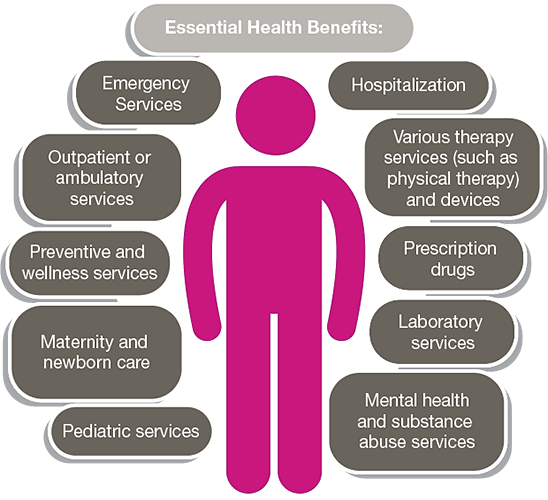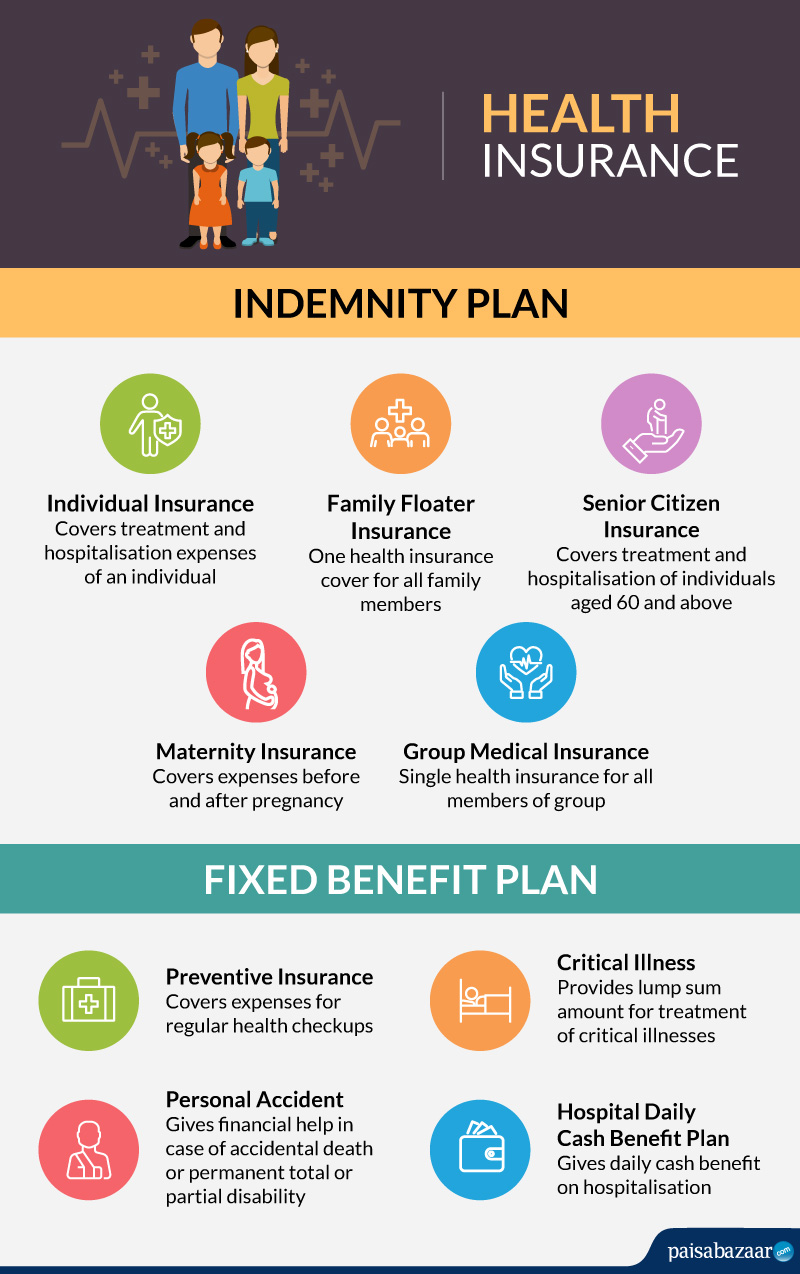What Does Medicare Advantage Agent Do?
What Does Medicare Advantage Agent Do?
Blog Article
The 4-Minute Rule for Medicare Advantage Agent
Table of ContentsMedicare Advantage Agent Fundamentals ExplainedHow Medicare Advantage Agent can Save You Time, Stress, and Money.Excitement About Medicare Advantage Agent

follows from puzzling the reasonably young age account of the uninsured with the better wellness, typically, of younger individuals. This obscures the web link between health and wellness status and wellness insurance policy. For those without accessibility to workplace medical insurance, poor health is a prospective obstacle to purchasing nongroup coverage because such insurance coverage may be very priced, leave out preexisting conditions, or be simply unavailable. The number of without insurance Americans is not particularly large and has actually not transformed in recent years. 7 out of ten participants in an across the country depictive survey assumed that less Americans lacked health and wellness insurance coverage than actually do(Fronstin, 1998). About half(47 percent )thought that the variety of people without health insurance coverage lowered or remained continuous over the last half of the last years(Blendon et al., 1999). This decline of practically 2 million in the variety of individuals 'without insurance (a reduction
of around 4 percent)is absolutely a positive modification. With a softer economy in 2000 the most current reported gains in insurance policy protection might not proceed(Fronstin, 2001 ). The decline in the variety of without insurance will certainly not continue if the economic climate continues to be slow-moving and healthcare expenses remain to outpace inflation. This is since the data were gathered for a duration of solid financial efficiency. Of the estimated 42 million people who were without insurance, all but about 420,000(about 1 percent)were under 65 years old, the age at which most Americans become qualified for Medicare; 32 million were grownups in between ages 18 and 65, about 19 percent of all adults in this age group; and 10 million were children under 18 years of age, about 13.9 percent of all children (Mills, 2000). These estimates of the number of persons uninsured are generated from the annual March Supplement to the Current Population Survey (CPS), carried out by the Census Bureau. Unless otherwise kept in mind, national estimates of individuals without wellness insurance and proportions of the populace with various type of protection are based on the CPS, the most extensively utilized source of quotes of insurance coverage and uninsurance prices. These studies and the price quotes they generate are described briefly in Table B. 1 in Appendix B - Medicare Advantage Agent. These surveys differ in dimension and sampling techniques, the questions that are asked concerning insurance policy
Everything about Medicare Advantage Agent
coverage, and the moment duration over which insurance policy protection or uninsurance is determined(Lewis et al., 1998, Fronstin, 2000a ). Still, the CPS is specifically helpful because it creates yearly estimates fairly quickly, reporting the previous year's insurance protection estimates each September, and because it is the basis for a regular set of price quotes for more than twenty years, enabling evaluation of fads in coverage in time.

Medicare Advantage Agent Things To Know Before You Get This
Over a three-year period beginning early in 1993, 72 million individuals, 29 percent of the U.S. populace, were without insurance coverage for at the very least one month. Within a single year(1994), 53 million people experienced at least a month without insurance coverage(Bennefield, 1998a). 6 out of every 10 uninsured adults are themselves used. Working does enhance the likelihood that one and one's household participants will certainly have insurance coverage, it is not a guarantee. Even members of families with two permanent wage income earners have practically a one-in-ten opportunity of being uninsured (9.1 percent uninsured rate)(Hoffman and Pohl, 2000 ). The relationship in between medical insurance and accessibility to care is well established, as documented later in this chapter. The relationship between health and wellness insurance coverage and wellness end results is neither straight neither simple, an extensive medical and health and wellness solutions study literary works go to website web links health insurance policy protection
to improved access to care, better far betterTop quality and improved boosted individual population populace health and wellnessCondition For instance, the second report, on individual wellness end results for without insurance adults, is represented by the inner circle of the number, while the 3rd record, on household health, incorporates the topics of the 2nd report but stresses a different unit of evaluation, particularly, the family members. The 6th record in the series will certainly provide info about strategies and efforts taken on locally, statewide, or nationally to address the he said lack of insurance policy and its unfavorable impacts. Degrees of evaluation for analyzing the effects of uninsurance. This conversation of health and wellness insurance protection concentrates largely on the U.S. population under age 65 due to the fact that practically all Americans 65 and older have Medicare or various other public coverage.
It concentrates especially on those without any kind of wellness insurance for any kind of length of time. The troubles encountered by the underinsured remain in some areas similar to those dealt with by the without insurance, although they are normally less serious. Uninsurance and underinsurance, however, involve noticeably various plan concerns, and the methods for resolving them might vary. Throughout this research study and the 5 records to comply with, the primary emphasis gets on individuals without any health insurance policy and hence no aid in spending for healthcare past what is offered through charity and safeguard institutions. Health insurance is a powerful element influencing invoice of treatment since both clients and doctors reply to the out-of-pocket price of solutions. Wellness insurance policy, nevertheless, is neither required nor adequate to get to clinical services. However, the independent and direct effect of health
insurance policy protection on access to health services is well developed. Others will certainly get the health and wellness care they need also without medical insurance, by paying for it out of pocket or seeking it from providers that provide treatment free or at very subsidized rates. For still others, health and wellness insurance coverage alone does not guarantee invoice of care as a result of various other nonfinancial barriers, such as an absence of health care carriers in their community, restricted access to transport, illiteracy, or linguistic and cultural distinctions. Formal research study concerning uninsured populaces in the United States dates to the late 1920s and early 1930s when the Committee on the Expense of Treatment created a collection of reports regarding funding physician workplace brows through and hospitalizations. This problem came to be prominent as the varieties of clinically indigent climbed up throughout the Great Depression. Empirical research studies consistently support the link between accessibility to care and improved health and wellness end results(Bindman et al., my company 1995; Starfield, 1995 ). Having a normal resource of treatment can be considered a predictor of gain access to, instead than a straight measure of it, when health and wellness results are themselves made use of as access indicators. This extension of the notion of gain access to dimension was made by the IOM Board on Monitoring Gain Access To to Personal Health And Wellness Care Provider(Millman, 1993, p. Whether or not parents are insured shows up to affect whether or not their children receive care in addition to just how much careeven if the kids themselves have protection(Hanson, 1998). The health and wellness of parents can affect their ability to look after their youngsters and the degree of household tension. Stressing concerning their kids's access to care is itself a resource of stress and anxiety for moms and dads. Three phases comply with in this report. Chapter 2 provides an introduction of just how employment-based health insurance, public programs and individual insurance coverage operate and connect to give substantial however incomplete protection of the united state populace. This includes a review of historic patterns and public laws influencing both public and exclusive insurance, a conversation of the communications among the various types of insurance policy, and an exam of why people relocate from one program to one more or end up

Report this page